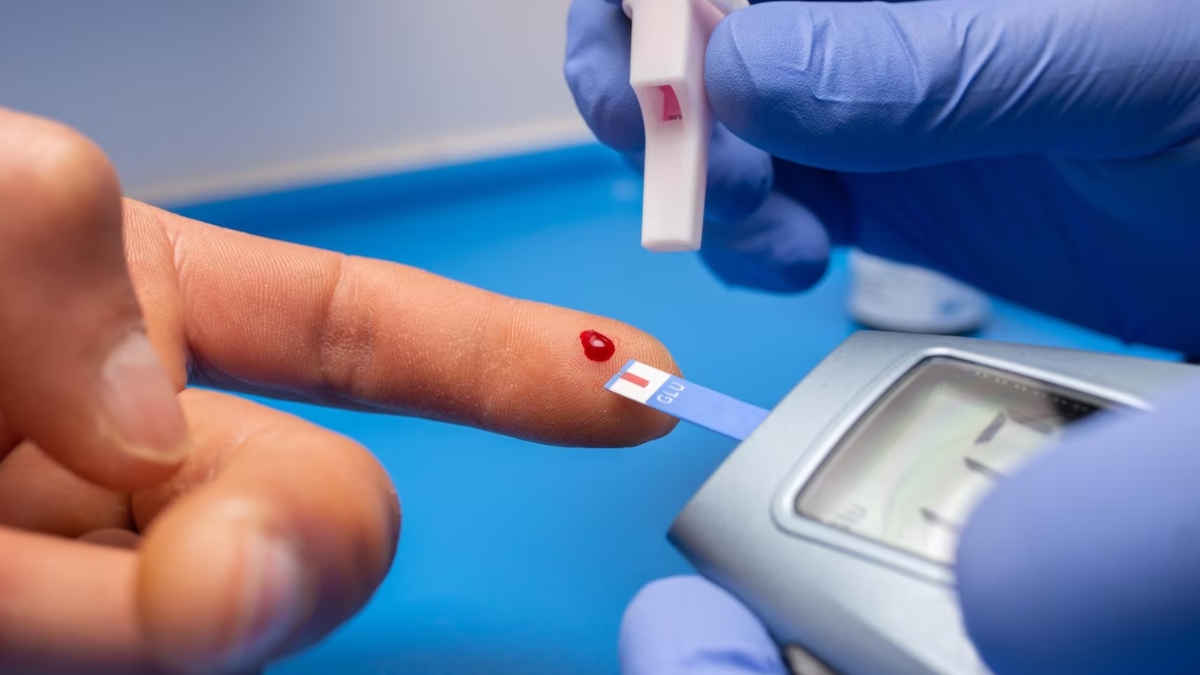Increasing daylight exposure has been found to have a positive impact on controlling blood sugar levels in individuals with Type 2 diabetes. This is due to the fact that exposure to natural light can help regulate the production of hormones in the body, such as melatonin and cortisol, which play a crucial role in managing blood sugar levels. Additionally, daylight exposure has been shown to improve insulin sensitivity and decrease insulin resistance, both of which are important factors in managing diabetes. Furthermore, being exposed to natural light can also improve sleep patterns, leading to better overall health and potentially reducing the risk of developing diabetes-related complications.
According to new research, improving blood sugar control may be as easy as increasing daytime exposure to natural light which can help millions of people with Type 2 diabetes (T2D).
The study showed that natural daylight can boost metabolism and help treat and prevent diabetes. It can also help curb other metabolic conditions, such as obesity.
"The misalignment of our internal circadian clock with the demands of a 24/7 society is associated with an increased incidence of metabolic diseases, including type 2 diabetes," said Ivo Habets, of Maastricht University, in the Netherlands.
"Natural daylight is the strongest zeitgeber, or environmental cue, of the circadian clock but most people are indoors during the day and so under constant artificial lighting.
"Our research shows that the type of light you are exposed to matters for your metabolism. If you work in an office with almost no exposure to natural light, it will have an impact on your metabolism and your risk or control of Type 2 diabetes, so try to get as much daylight as possible, and ideally, get outdoors when you can,” Habets said.
The findings were presented at the ongoing annual meeting of the European Association for the Study of Diabetes (EASD) in Hamburg, Germany from October 2-6.
The team carried out a range of metabolic tests on 13 people with T2D when they were exposed to natural light and when they were exposed to artificial light and compared the results.
They were exposed to two lighting conditions during office hours (8 a.m. to 5 p.m.) in a randomised cross-over fashion: natural daylight from windows and artificial LED lighting.
There was a gap of at least four weeks between the two interventions, each of which lasted 4.5 days.
During the natural daylight intervention, the light intensity was usually highest at 12:30 p.m., with an average reading of 2,453 lux. The artificial light was a constant 300 lux.
Evenings were spent in dim light (less than 5 lux) and the sleeping period (11 p.m. to 7 a.m.) in darkness.
The results showed that blood glucose levels were within the normal range for longer during the natural daylight intervention than in the artificial light intervention (59 per cent of the 4.5 days vs. 51 per cent ).
The respiratory exchange ratio (this indicates whether fat or carbohydrates are being used as the source of energy) was lower during the daylight intervention than during the artificial light intervention, indicating that the participants found it easier to switch from using carbohydrates to fat as an energy source when exposed to natural light.
Per1 and Cry1 -- genes that help control circadian rhythms, were more active in natural light than in artificial light.
Resting energy expenditure and core body temperature followed similar 24-hour patterns in both light conditions.
Serum insulin levels were similar in both light conditions but the pattern of serum glucose and plasma free acids was significantly different between conditions.
"Further research is still needed to determine the extent to which artificial light affects metabolism and the amount of time that needs to be spent in natural light or outdoors to compensate for this," Habets said.
(With IANS Inputs)

